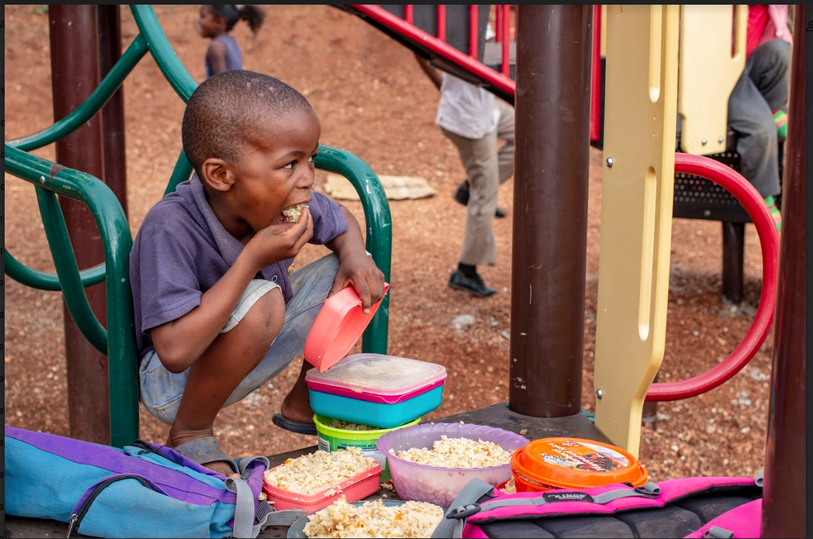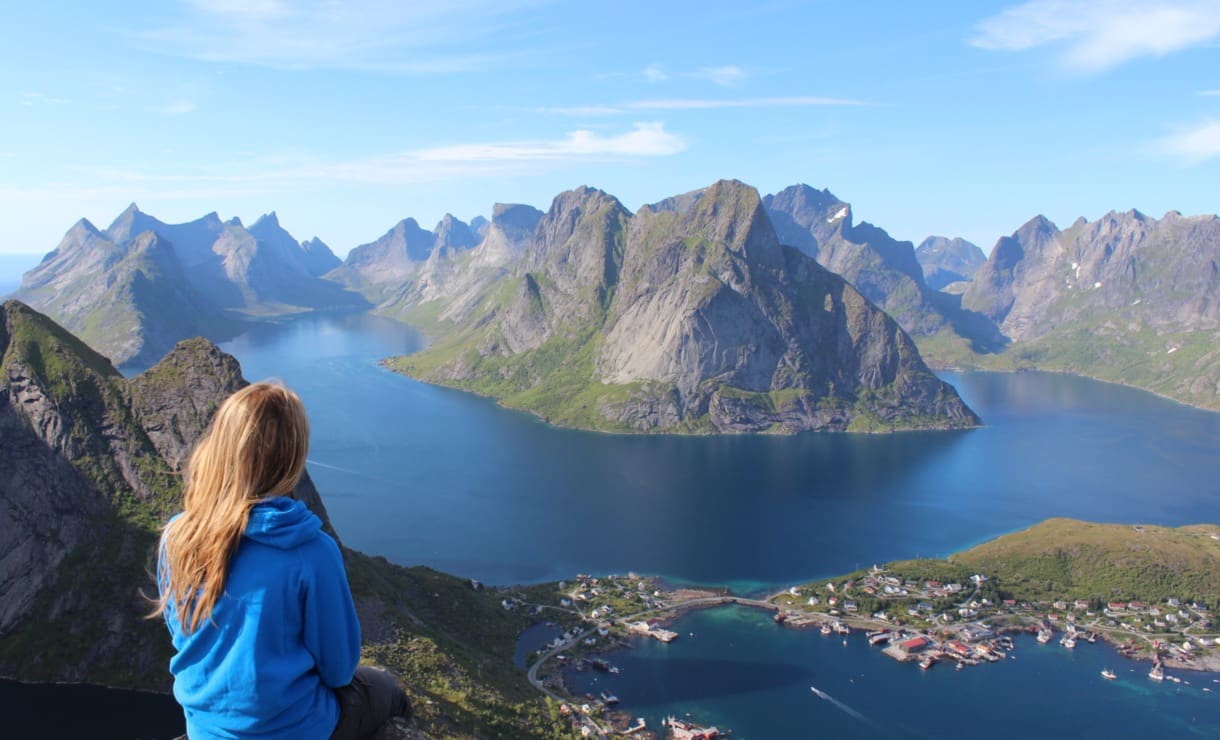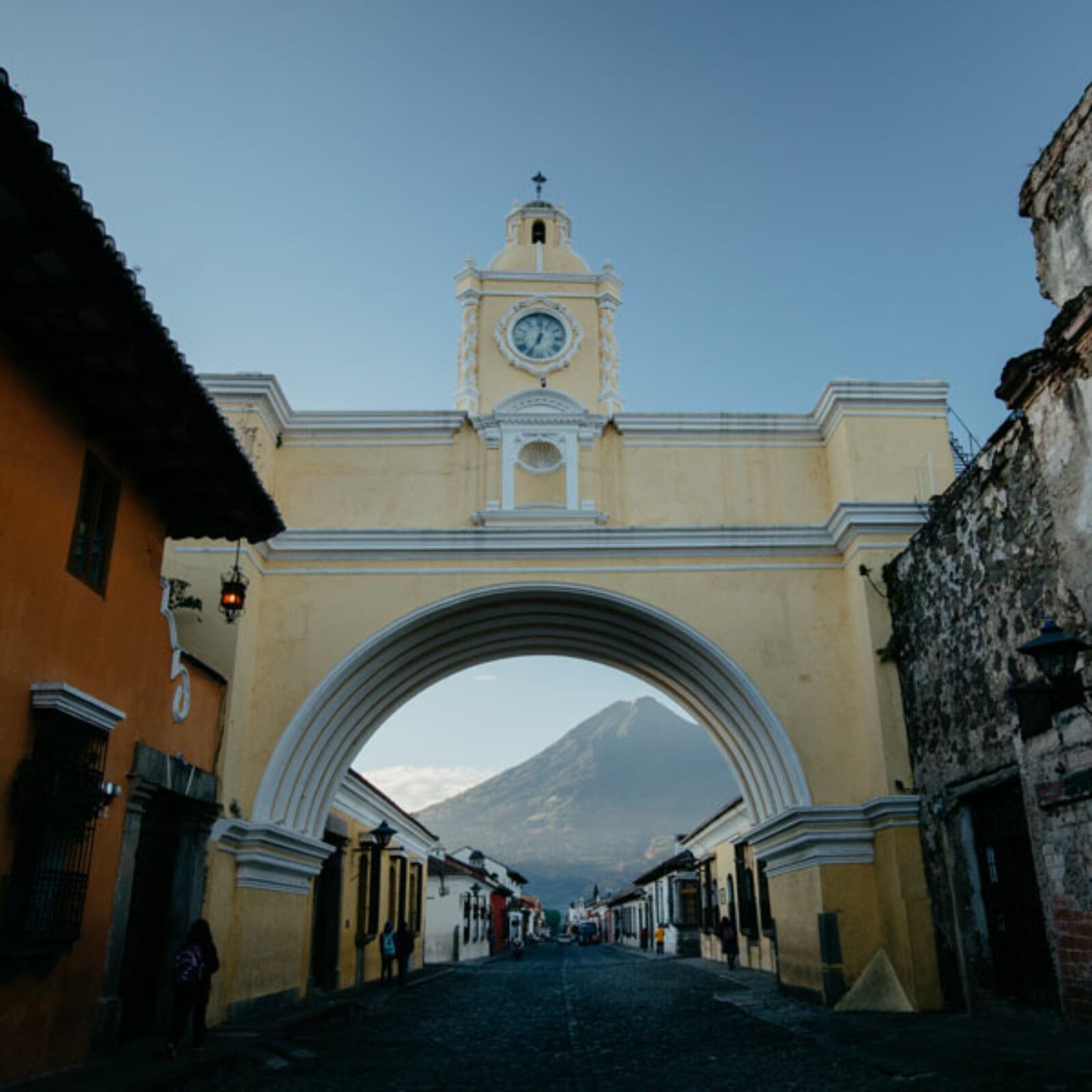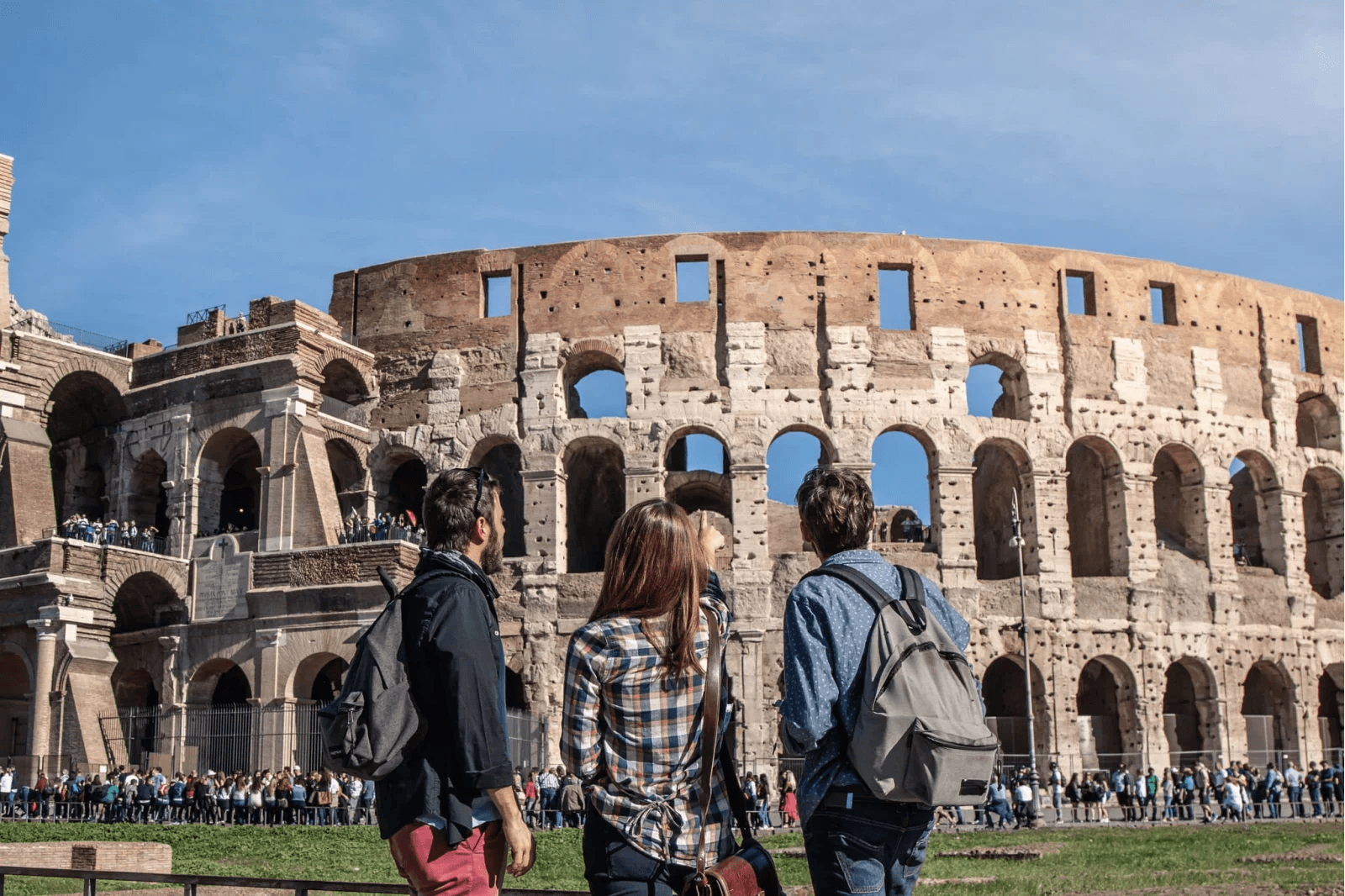In my lifetime, I have heard of extinct animal species but never an entire tongue of the human race being wiped off the earth. It is said that if HIV/AIDS is not stopped by 2050, the entire Swazi existence will be a memory and a land where people once lived.
After ministry in Mozambique and before our trip to Malawi (where 5-Alive is now), we helped guide AIM’s annual Vision Trip. About 10 AIM (Adventures in Mission) supporters from the states along with a few passionate followers of Seth’s blogs, made their way to Swaziland. We immediately dove into helping Pastor Gift (on-site leader of a large “care-point” in the south) and Jumbo (helps to lead the project and is a member of AIM staff), with the Nsoko Project. This project is an offshoot of Generation 42 developed by Andrew Shearman, Seth Barnes, Gary Black and Tom Davis. It was designed to help educate, support, and save hundreds of orphans who have lost their parents to ‘the virus’.
When I saw the reaction of the Vision Team toward the poverty in the country, I wondered how in months prior I had let myself become desensitized to the urgency of need. But then I realized how I have had to learn to protect myself when faced with mass poverty. It is something that you can’t take on all at one time. Saving the world is not something within my power, it belongs to the Lord. The Lord’s intention was never for me to carry that burden, which is why he sent His son to die for what man destroys, himself.
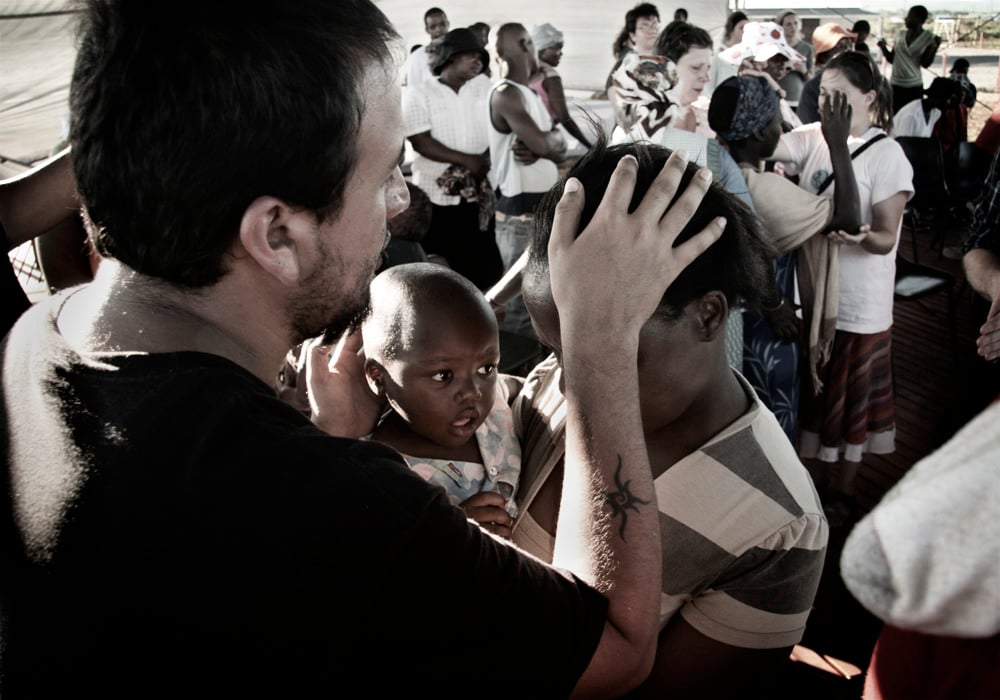
The care-point we worked with feeds close to 400 orphans a day. The Gogo’s (grandmother’s) are usually responsible for 10-15 kids each. Children, starting in primary school, must pay a school fee. This means a Gogo may have to help find funds for up to ten kids in school at one time. I can’t imagine funding that many children in a prosperous country, America, much less a country with no money. Children might walk up to eight miles to get to school and the same distance to get clean well water every day. They have completely worn clothes and are filthy from head to toe. There is no reprieve from the flies that swarm them and few take initiative to keep them off knowing that their fight is in vain. Volunteers and Gogos prepare one or two meals of seima a day, for the kids. It consists of corn-flour and water, is fire-cooked slowly in a large pot, and has low nutritional value. Vegetation is scarce in the area because there is not enough rain to work the land and purchasing vegetables is out of question. Also, many of the adults are too ill with tuberculosis or HIV to work the fields.
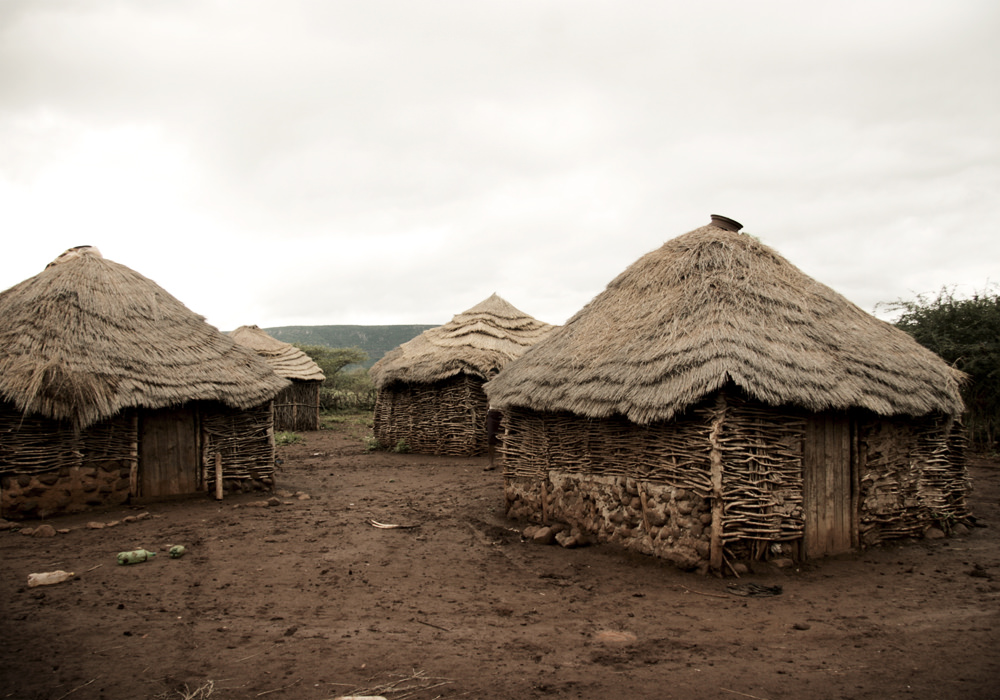
We started by making house visits in the villages surrounding the care-point. Our objective was to collect information on the overall well-being and status of all of the people that lived on each homestead and pray for each family. A homestead is a plot of land owned by the resident. A law has been enacted that prevents anyone from leaving their homestead lest they lose their land to the government. Small children have been found left permanently alone on homesteads before. This information gathered will be used to possibly start hospice care for AIDS patients and collect educational information for school funding. to have a better sense of the community and a place to start when pioneering future programs
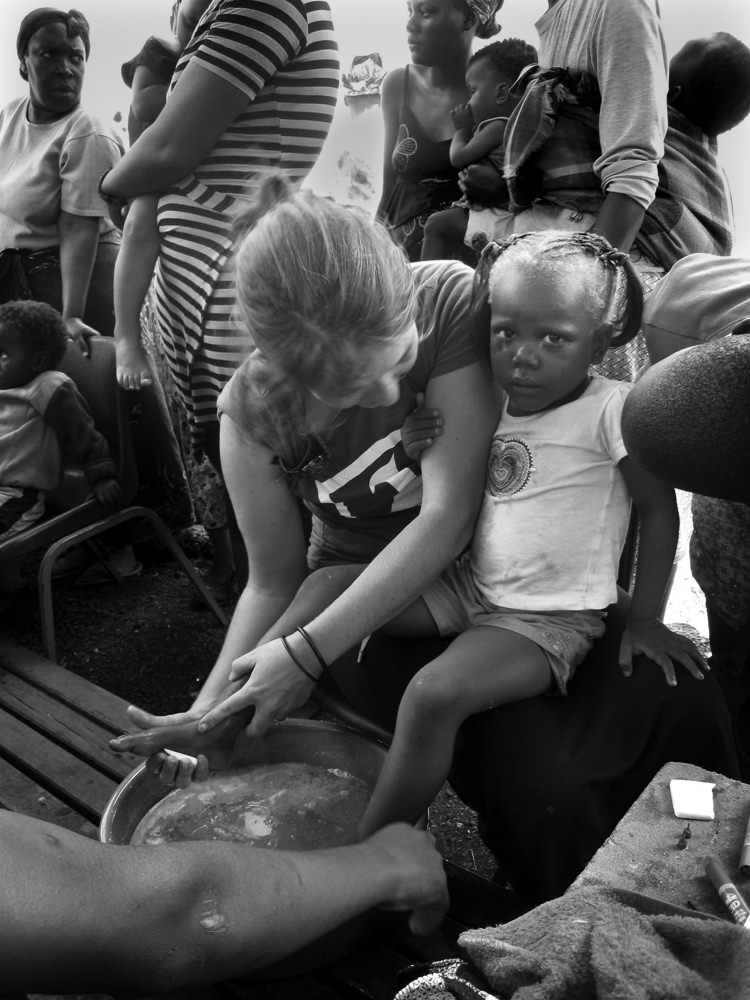
One day, the squad and Vision Team washed over 500 children’s feet. Then, new shoes, donated by Samaritans Feet, where given to each child after they were prayed over. Another day, we hosted a woman’s retreat (next blog) and an AIDS support group of about 40 victims. On Sunday, we worshiped with pastor Gift’s church and led children’s programs. In honor of us, a goat was killed and prepared next to the church. This was an entirely new experience!
5-Alive will return to Swazi for the month of March.

